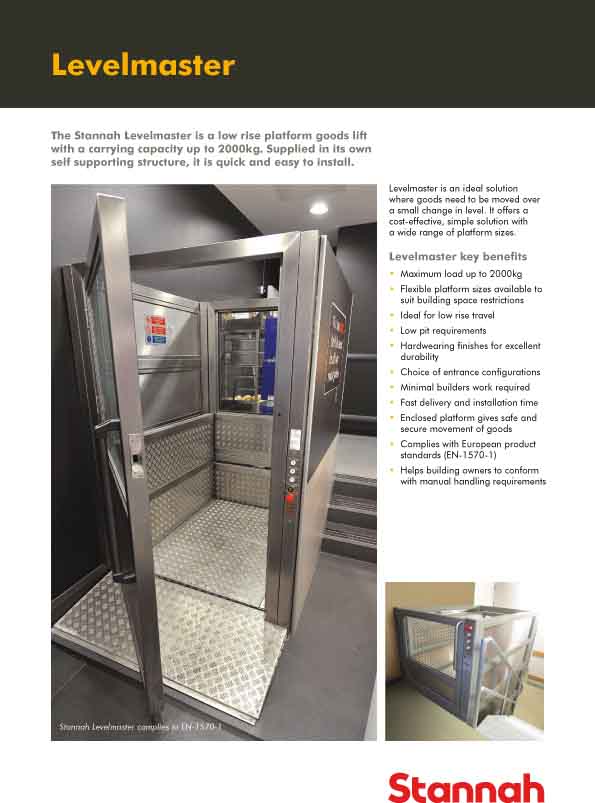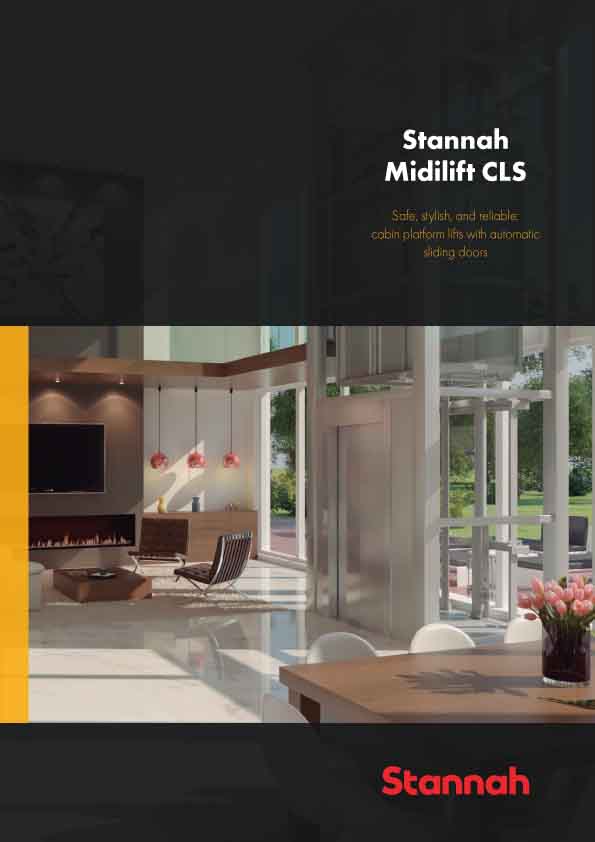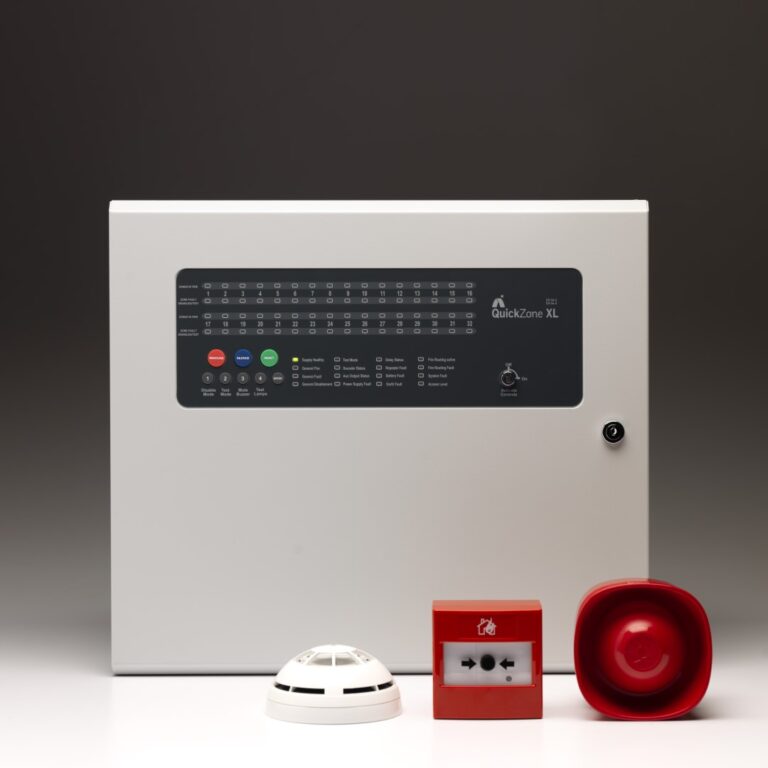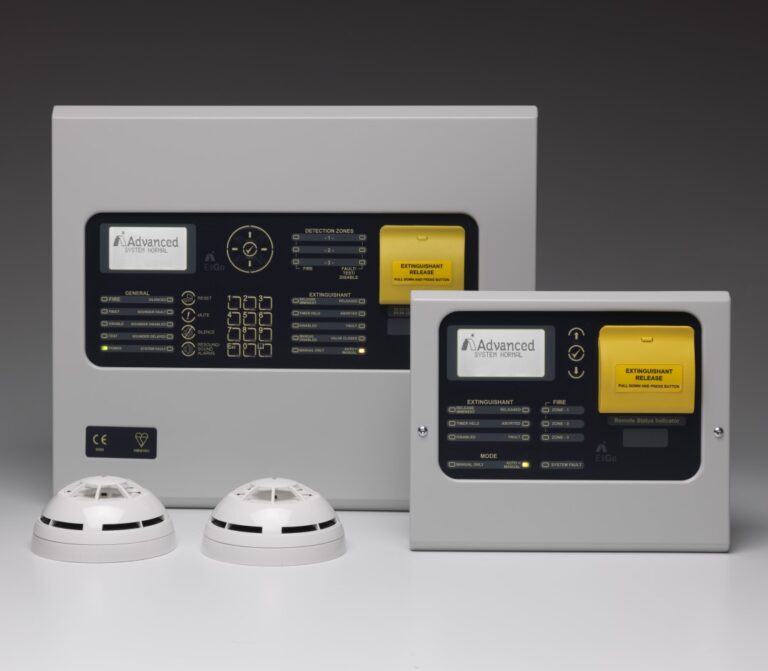
The application of closed cell polyurethane foams for building insulation has been around for over 30 years, but recently the availability of an open cell option has come onto the market.
Architects, specifiers and building consultants may well be confused as to the merits of these different systems.
The British Urethane Foam Contractors Association, the trade association representing installers of polyurethane foam, has predominantly represented the closed cell industry but recognises that the open cell alternative has different benefits.
A closed cell sprayed, or injected polyurethane foam material provides one of the highest insulation values commercially available. It also helps to achieve excellent structural stability for a building, adhering to the building substrate and setting quickly to form a rigid layer. For this reason, it is widely used for roof insulation and strengthening as well as cavity wall insulation and stabilisation, which is particularly important where the wall ties are failing.
Air leakage through the cavity can be reduced to zero. With greater thermal performance and reduced air leakage, polyurethane foam outperforms all other forms of cavity fill.
The polyurethane foam moulds itself to the fabric of the building, sealing out draughts and reducing air leakage. It is increasingly important to provide structural integrity to buildings, particularly as weather patterns are becoming more erratic.
Closed cell foams are resistant to driving rain meaning that the material stays dry with no loss of thermal properties. The insulant can help act as a barrier to prevent flood waters from entering the building through the walls. The British Board of Agrément certification approves this insulant for cavity walls in all exposure zones.
Sprayed and injected closed cell polyurethane foams are also ideal for marine applications. They have high insulation properties with low insulation thicknesses with little impact on the useable space within the boat. Because the material is closed cell it will not absorb water and bonds directly to the substrate with no voids or joints for condensation or cold bridging. Closed cell foams which achieve a Class 1 fire rating when tested to BS476 Part 7 are available. Or, where non-Class 1 materials are used on internal applications these must be covered by plasterboard, or a similar thermal barrier.
Conversely, open cell polyurethane foams which have entered the market in recent years do not have the high insulation properties associated with the closed cell materials, which is a distinct disadvantage if trying to save space. They do not have the same fire performance as closed cell, so they should never be left exposed; they have no structural strength to stabilise roofs or walls and are widely marketed to be applied directly onto non-breathable membranes. This practice should be treated with a high degree of caution as interstitial condensation could occur in the foam, next to roof timbers.
However, they are better suited for their enhanced sound attenuation properties. Open cell foam is also useful in situations which require more air and vapour into a building’s interior.
When choosing a BUFCA registered installer, customers can be assured of the highest standards of quality and service. Installers are required to abide by the Association’s Code of Professional Practice which aims to further good technical and professional conduct and promotes sound relationships between members and their customers. A survey is carried out before installation to check that the building fabric is sound, with any necessary rectification works carried out.
There is a twenty-five year insurance warranty which BUFCA installer members can offer for domestic injected polyurethane cavity wall insulation projects. The warranty offers reassurance to customers and becomes effective if there is a fault with the installation or the product and the installer or product manufacturer has ceased to trade.
The BUFCA warranty is available for installations funded as part of Energy Company Obligation or Green Deal Home Improvement Funded work. Other domestic and commercial jobs can also be considered, subject to prior approval by the insurers.








